Is Türkiye’s hazelnut industry facing bankruptcy? Challenges, opportunities in 2024
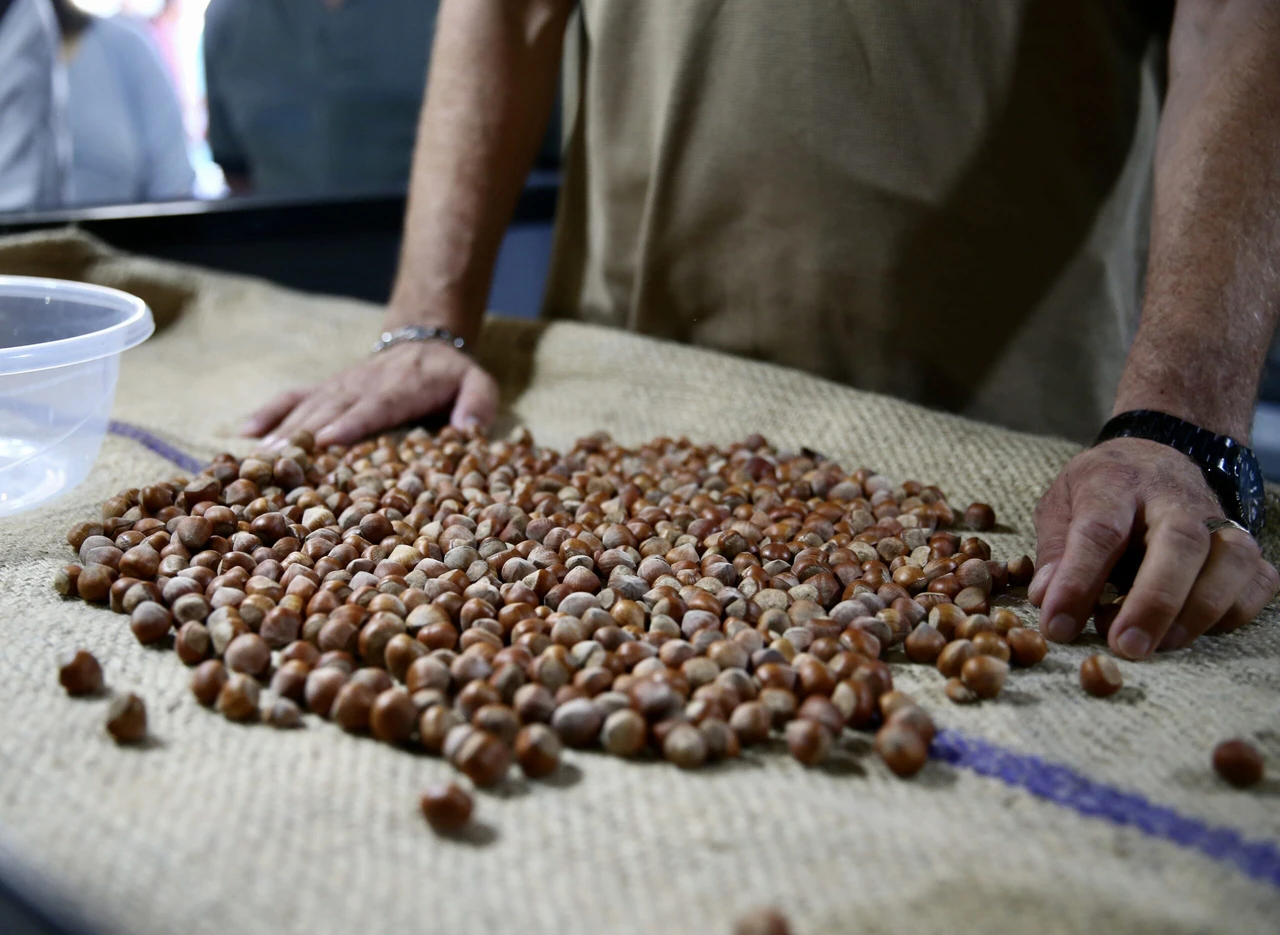 Turkish Grain Board (TMO) starts buying hazelnuts for the 2024 hazelnut crop in Ordu, Türkiye, August 19, 2024 (AA Photo)
Turkish Grain Board (TMO) starts buying hazelnuts for the 2024 hazelnut crop in Ordu, Türkiye, August 19, 2024 (AA Photo)
Since ancient times, the Black Sea region of Anatolia has been renowned for hazelnut industry, which has historically been a crucial source of income.
The term “pontic,” derived from “Pont Exinus,” the ancient name for the Black Sea, links the origin of hazelnuts to this region. Historically, hazelnuts brought from the shores of Pontos were known as “Pontos nuts.”

Today, Türkiye is the world’s leading producer of hazelnuts. With an annual average production of nearly 700,000 tons, Türkiye holds the top position in global hazelnut production.
Italy ranks second with about 90,000 tons, and the United States is third with 70,000 tons.
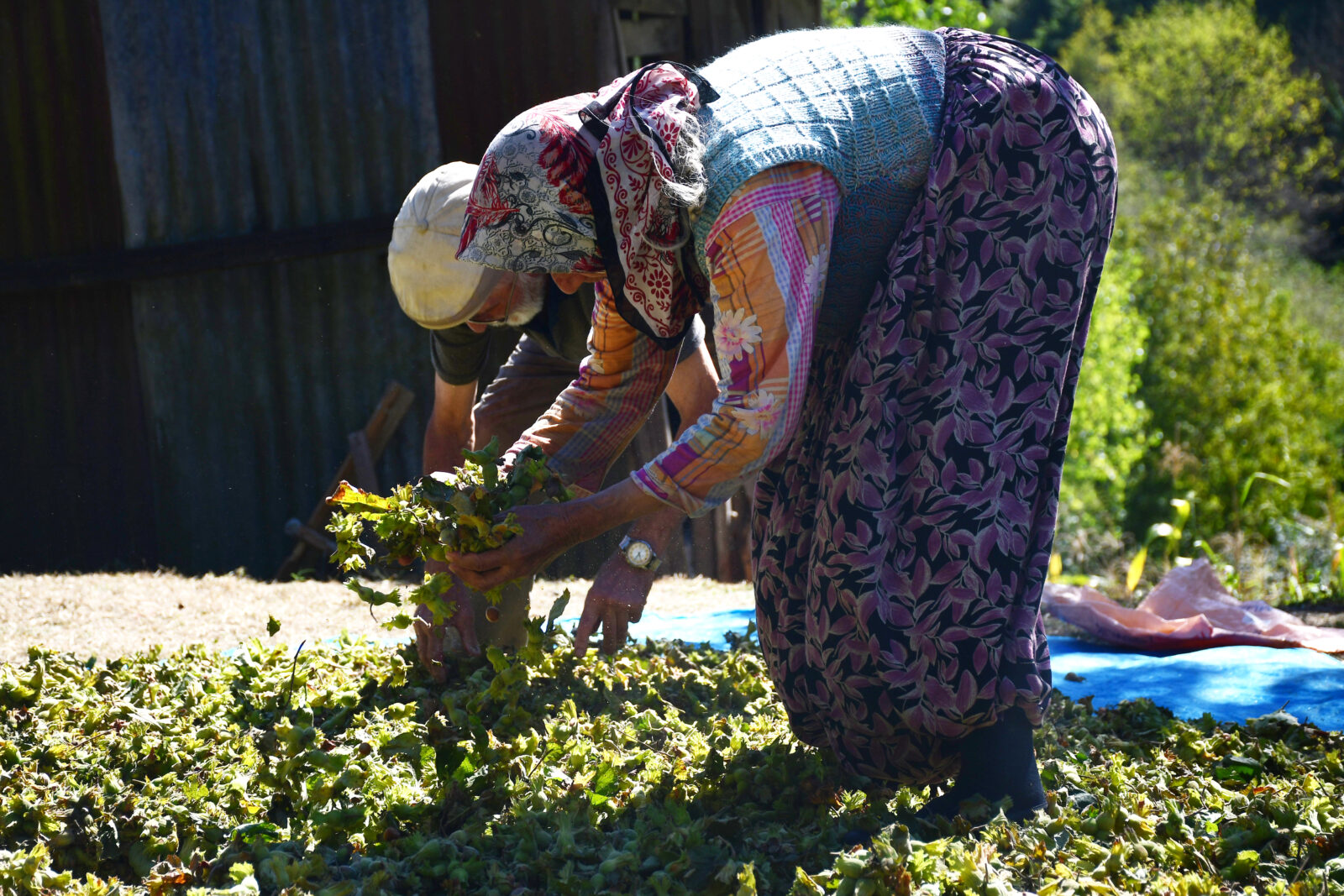
Challenges facing Türkiye’s hazelnut producers
In the Black Sea Region, especially in Giresun and Ordu, there are approximately 400,000 hazelnut producers. Despite their significant contribution, producers feel undervalued this year. The Turkish Grain Board (TMO) has set a base purchase price of $3.8 per kilogram for hazelnuts, unchanged from 2023, maintaining the same price for two consecutive years.
This stagnation has led to dissatisfaction among producers, who highlight issues such as shifting economic balances and inflation. Many claim that wild fruits are valued more and are contemplating halting hazelnut production.
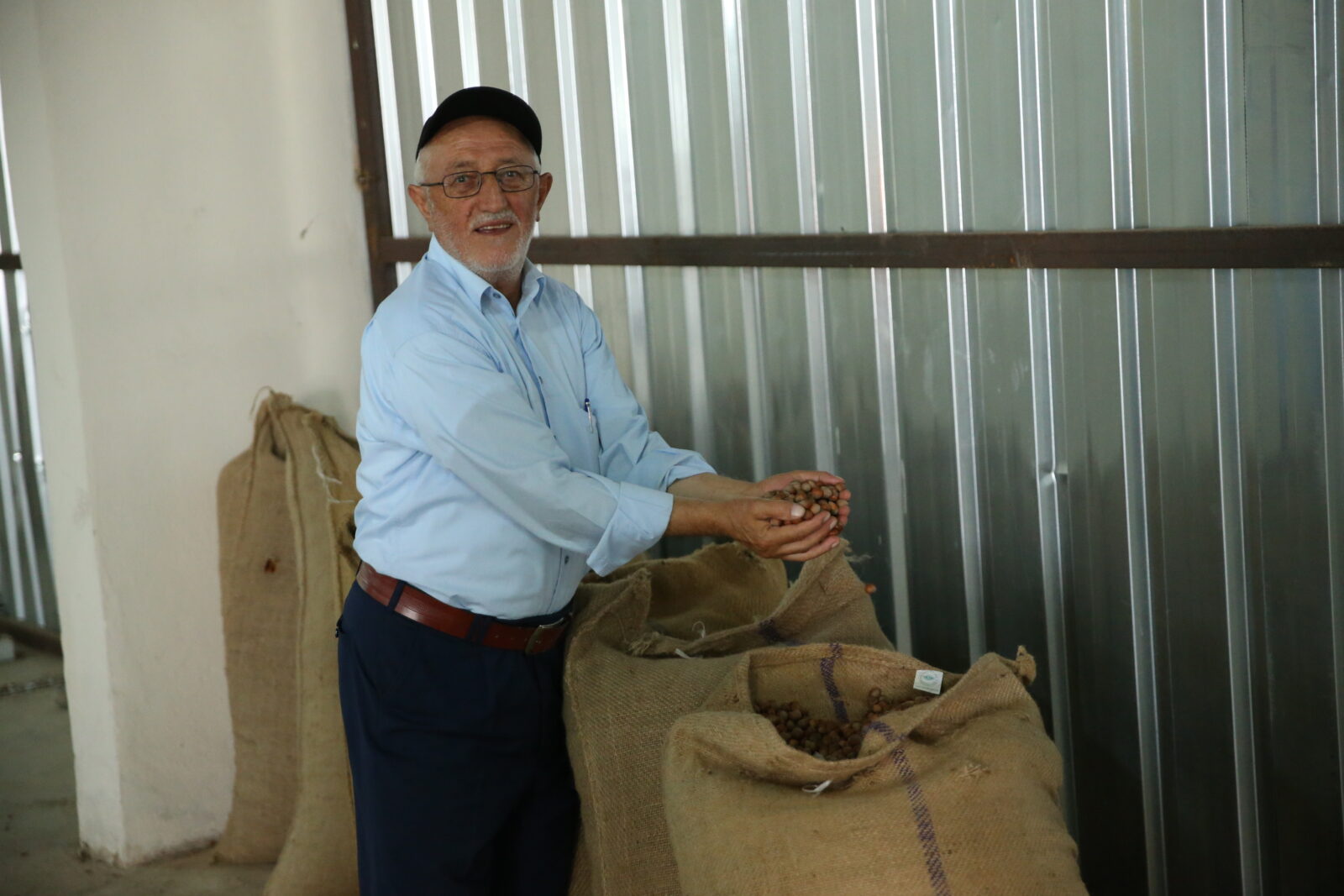
According to the Ministry of Agriculture and Forestry, in 2014, 1 kilogram of hazelnuts could purchase about 15 kilograms of fertilizer. By 2018, this dropped to about 10 kilos, and by 2024, it had fallen further to just 3 kilos. This drastic reduction in purchasing power makes it challenging for producers to cover their costs, pushing many into debt.
Consequently, many real estate listings in Türkiye now feature ads for “foreclosed hazelnut orchards.”
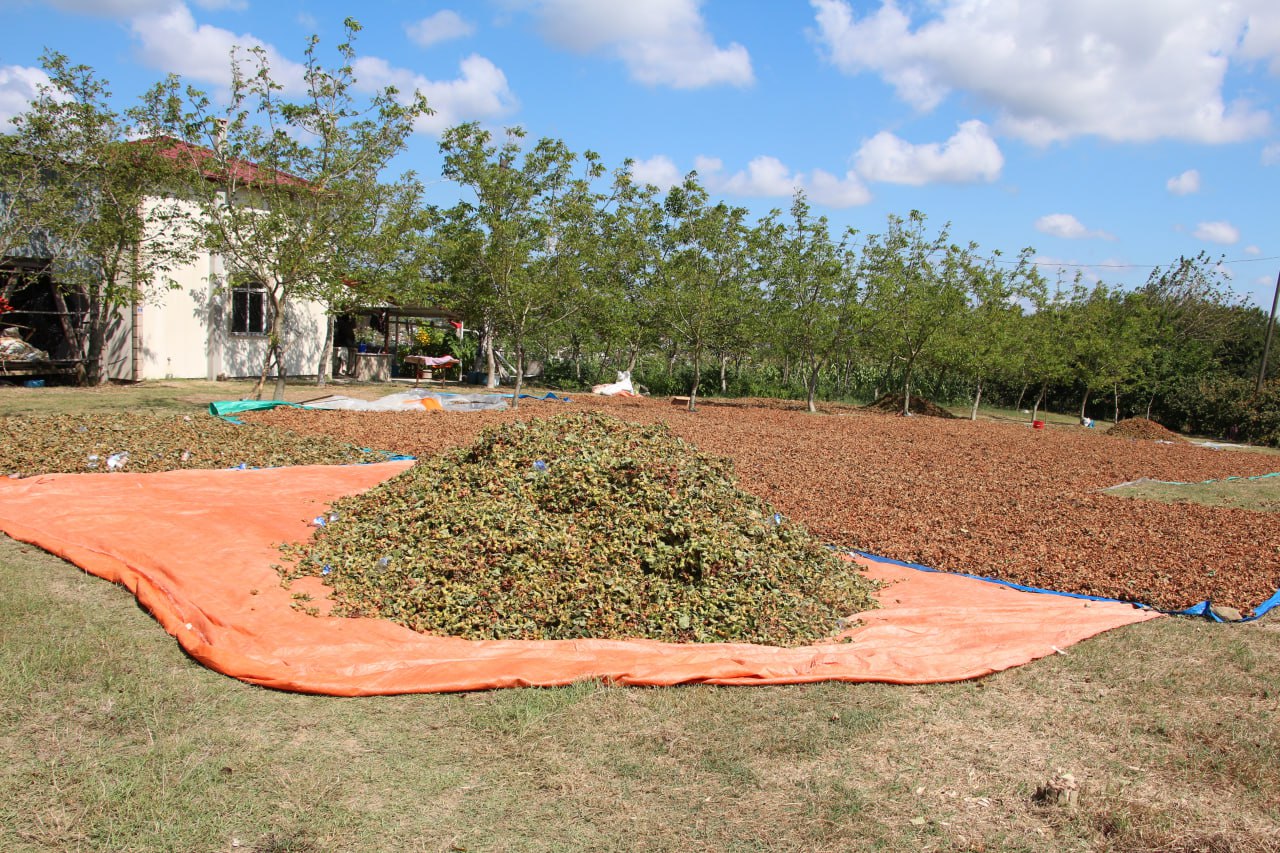
Efficiency issues in Türkiye’s hazelnut production
Türkiye is the largest producer of hazelnuts among 32 countries worldwide. In 2022, of the 1.2 million tons of hazelnuts produced globally, 765,000 tons came from Türkiye. This proportion used to be around 70% in previous years.
According to the Ministry of Agriculture and Forestry, Türkiye’s five-year average hazelnut yield per hectare is 84 kilos. In comparison, the U.S. yields 221 kilos per hectare, and Georgia yields 180 kilos. Despite an increase in hazelnut cultivation area in Türkiye, productivity has been on the decline.
In 2001, 625 tons of hazelnuts were produced with a yield of 113 kilos per hectare over an area of 550,000 hectares. By 2016, this figure had dropped to 420,000 tons with a yield of 60 kilos per hectare. In 2015, 646,000 tons of hazelnuts were produced with a yield of 92 kilos per hectare.

Climate change and environmental impacts
The decline in hazelnut yields is attributed to climate change, deficiencies in cultural practices, and the periodic nature of hazelnut plants. The Rainforest Alliance’s “Hazelnuts, Climate Change, and Environmental Impacts Türkiye Report” predicts significant changes in Türkiye’s hazelnut production due to global warming. It is expected that hazelnut production will decrease in areas up to 250 meters in elevation and shift to the Western Black Sea and higher altitudes.
These changes have substantial environmental impacts on soil, groundwater, and biodiversity. Reports indicate a decline in yield in Trabzon, Giresun, Ordu, and Samsun, while production areas in Sakarya and Duzce have increased.

Research by Duzce University highlights that climate change is seriously affecting hazelnut production along the coast.
Sustainable agricultural practices are essential for the future of hazelnut production. Experts recommend reducing environmental impacts, improving water and soil management, and adhering to guidelines from nongovernmental organizations and international standards.
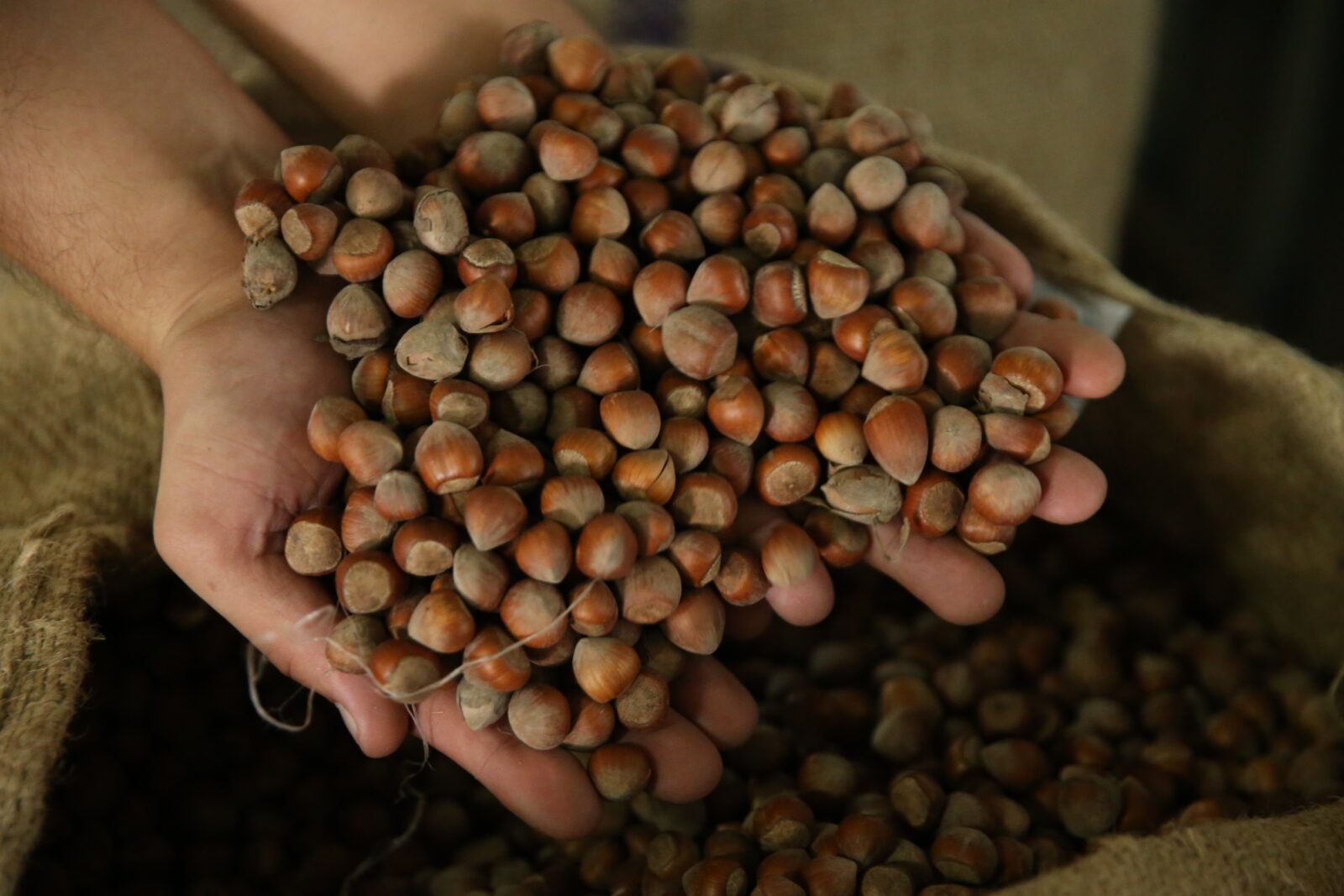
International market situation
Türkiye holds a dominant position in the global hazelnut market but faces challenges from international competition and environmental issues. The future of the hazelnut sector will hinge on developments in productivity, sustainability, and market strategies.
To maintain its leadership, Türkiye must focus on technological innovations and strategies to address environmental impacts. Approximately 80%-85% of Türkiye’s hazelnut production is exported, while 15%-20% is consumed domestically. Over the past five years, the average amount of shelled hazelnuts exported has been 707,000 tons, with Türkiye accounting for 72% of this amount.
Germany and Italy are among the top buyers of Turkish hazelnuts. Major companies such as Ferrero, Nestle, and Kraft Heinz are heavily invested in hazelnut production in Canada, Chile, Australia, Azerbaijan, and Georgia to challenge Türkiye’s market dominance.
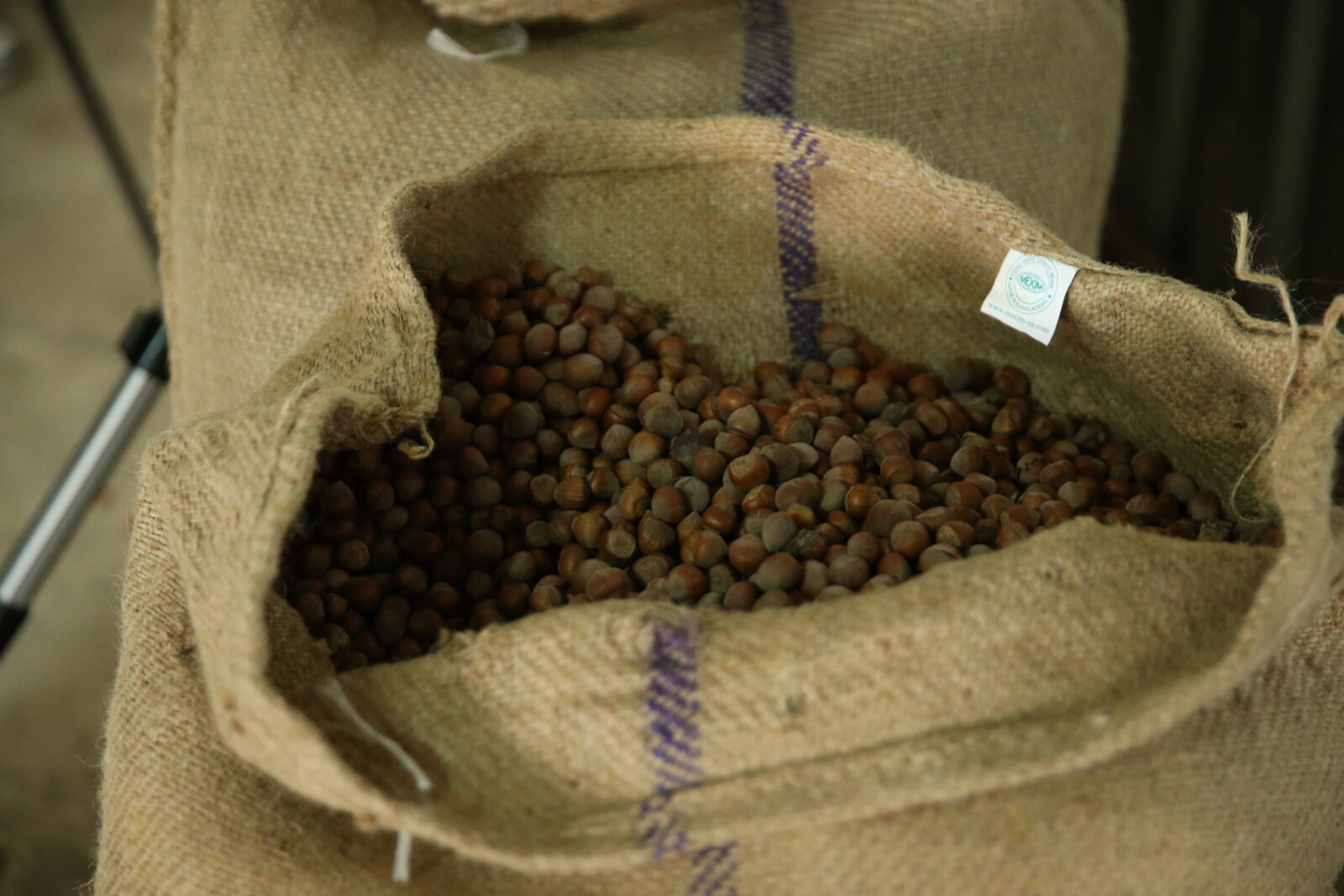
Calls for a boycott of Turkish hazelnuts
In Italy, there have been calls to boycott Turkish hazelnuts, which could indicate a broader strategy. While international capital seems currently powerless against the populist-nationalist wave in Europe and the U.S., experts suggest that efforts are underway to weaken Türkiye’s dominance by spreading hazelnut production with genetically modified genetically modified (GMO) seeds to other countries.
It is known that hybrid and GMO seeds are used in hazelnut production in the U.S. Unfortunately, GMO products have also been smuggled into Türkiye under the guise of hazelnuts. In 2012, a Turkish Ministry of Agriculture inspection revealed that GMO soy was used instead of hazelnuts in cream samples.
In 2017, Ferrero faced a significant issue when the European Food Safety Authority (EFA) declared that palm oil heated above 200 degrees was more dangerous than other vegetable oils. Ferrero defended its use and continued to use it to make Nutella.

Ferrero’s Australian hazelnut project: A failed endeavor
Ferrero Group, known for its popular products like Ferrero Rocher, Nutella, and Kinder Surprise, is one of the world’s largest hazelnut buyers. To secure its hazelnut supply, Ferrero launched a major hazelnut production project in Australia. However, this project did not achieve the expected success and ended in disappointment.
In 2013, Ferrero acquired two large potato farms, Dellapool and Arrambee, in New South Wales Riverina, Australia, for its hazelnut production project. The goal was to plant 1 million hazelnut trees and harvest 5,000 tons of hazelnuts by 2022. Ferrero financed this project with a $143.5 million loan.
However, Australia’s climate conditions proved unsuitable for hazelnut cultivation, making it challenging for Ferrero to meet its targets. By 2022, the net value of the hazelnut trees was determined to be $69 million, and Ferrero’s Australian subsidiary, Agri Australias, reported a $5 million loss.
Ultimately, Ferrero abandoned its large hazelnut production project in Australia. The significant investment made in 2013 ended in failure by 2023, and Ferrero’s Australian hazelnut project dried up.
Ultimately, the future of Türkiye’s hazelnut sector depends on its ability to overcome these challenges. Technological innovations and sustainable agricultural practices are critical for increasing productivity and reducing environmental impacts. Considering global market dynamics, strategic steps need to be taken to maintain Türkiye’s leadership in hazelnut production. Otherwise, changes in both domestic and international markets could jeopardize Türkiye’s position in this strategic product.



